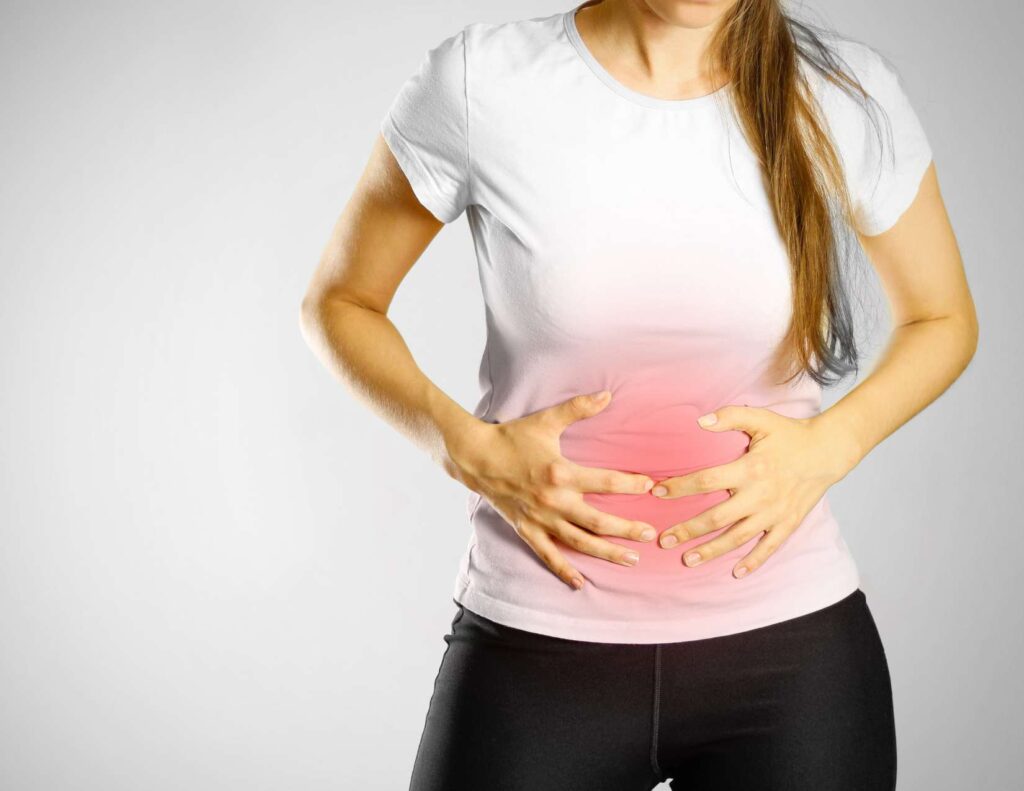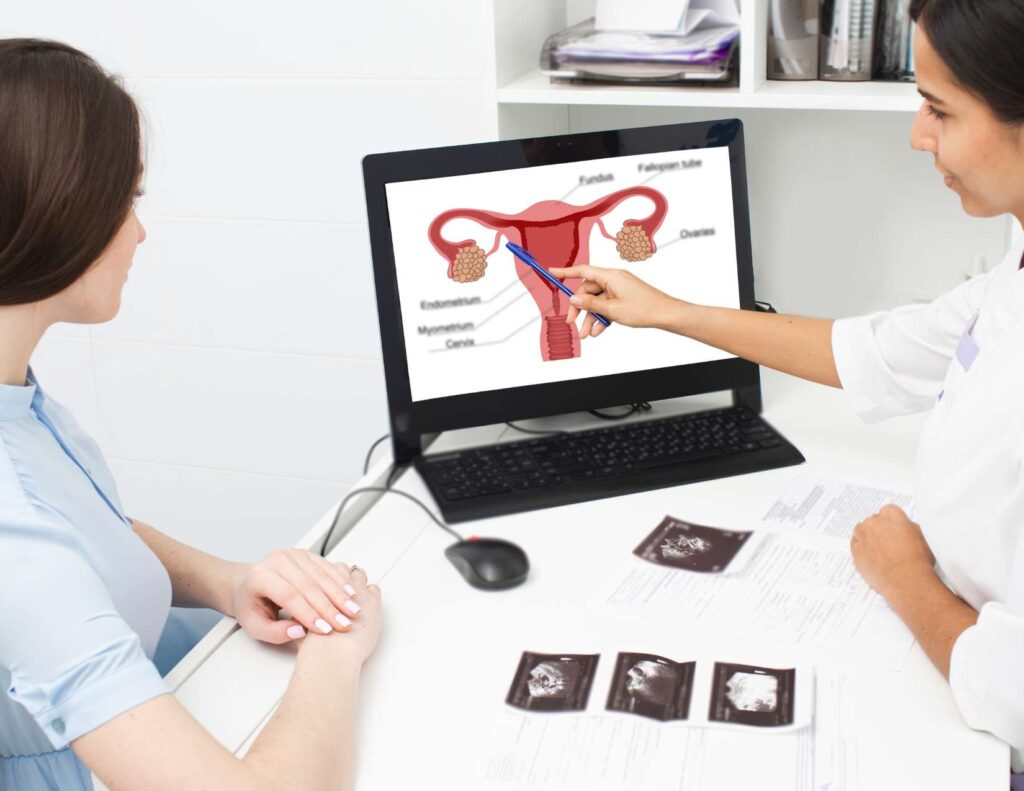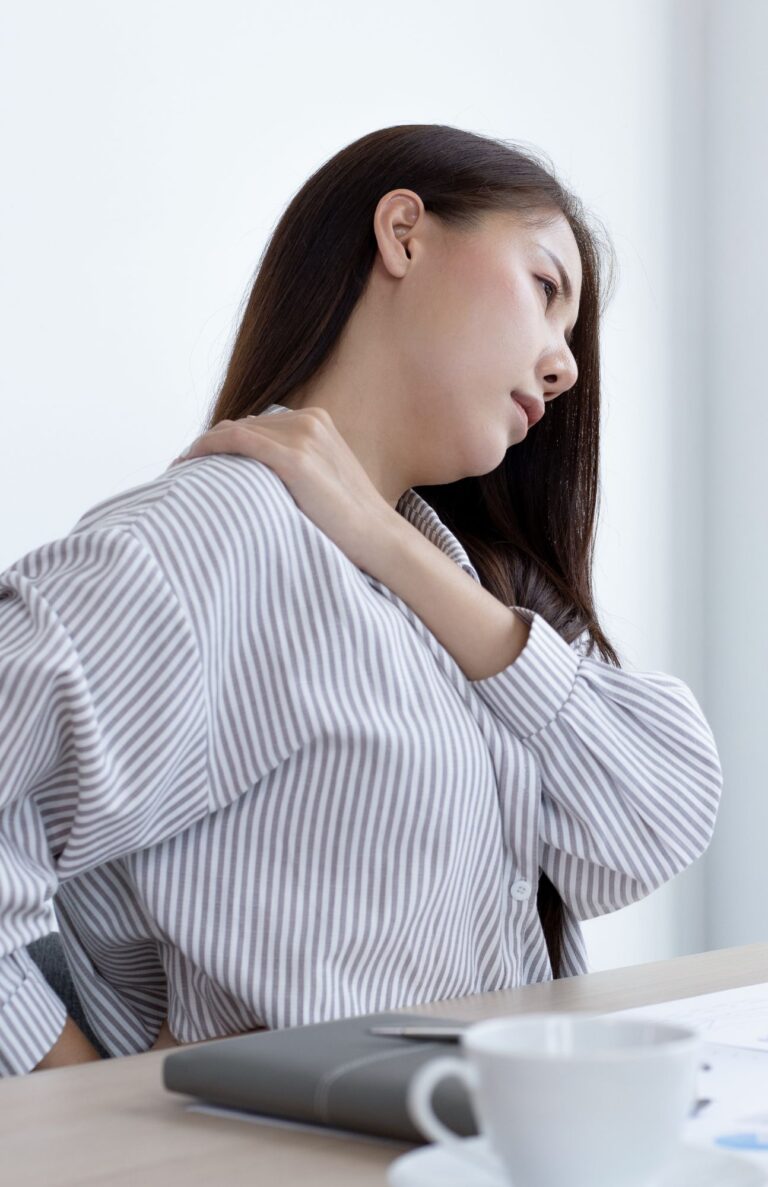Endometriosis and Sciatica: How to Ease the Pain and Find Relief
Last Updated on August 3, 2023 by Dr. Tiffany Egan
As a health care provider who has treated patients that have experienced the pain and discomfort of both endometriosis and sciatica, I know how difficult it can be to manage these conditions. Endometriosis is a condition where the tissue that normally lines the inside of your uterus grows outside of it, causing pain and discomfort. Sciatica, on the other hand, is a condition where the sciatic nerve in the lower back is compressed, causing pain and numbness in the legs and feet. While these conditions may seem unrelated, they can actually be connected. In this article, I will share my personal experience with both conditions and offer tips on how to manage them.

Understanding Endometriosis and Sciatica
Endometriosis is a condition that affects millions of women worldwide. It occurs when the tissue that lines the uterus grows outside of it, causing pain and discomfort. The exact cause of endometriosis is unknown, but it is believed to be related to genetics, hormones, and immune system problems. Some of the symptoms of endometriosis include painful periods, pain during sex, and infertility.
Sciatica, on the other hand, is a condition that affects the sciatic nerve, which runs from the lower back down to the legs and feet. It is usually caused by a herniated disc or spinal stenosis, which puts pressure on the nerve. Some of the symptoms of sciatica include pain, numbness, and tingling in the legs and feet.
Symptoms of Endometriosis and Sciatica
The symptoms of endometriosis and sciatica can be similar, which can make it difficult to differentiate between the two conditions. Some of the common symptoms of endometriosis include:
- Painful periods
- Pain during sex
- Pelvic pain
- Infertility
Some of the common symptoms of sciatica include:
- Pain in the lower back
- Pain in the legs and feet
- Numbness and tingling in the legs and feet
If you are experiencing any of these symptoms, it is important to speak with your doctor to get a proper diagnosis.

Causes of Endometriosis and Sciatica
The exact cause of endometriosis is unknown, but it is believed to be related to genetics, hormones, and immune system problems. Some of the risk factors for endometriosis include:
- Family history of endometriosis
- Early onset of menstruation
- Short menstrual cycles
- Uterine abnormalities
Sciatica, on the other hand, is usually caused by a herniated disc or spinal stenosis, which puts pressure on the sciatic nerve. Some of the risk factors for sciatica include:
- Age
- Obesity
- Sedentary lifestyle
- Diabetes
How Endometriosis and Sciatica are Related
While endometriosis and sciatica may seem unrelated, they can actually be connected. Endometriosis can cause inflammation in the pelvic area, which can put pressure on the sciatic nerve and lead to sciatica. Additionally, endometriosis can cause scar tissue to form, which can also put pressure on the sciatic nerve.
How is Sciatic Endometriosis Diagnosed?
Sciatic endometriosis is typically diagnosed through a combination of physical examination, imaging tests (such as X-rays and MRI scans), and lab tests. Your doctor may also perform a laparoscopy or other surgery to examine your pelvic area for any signs of endometrial tissue. During the laparoscopic procedure, they may take a biopsy of any abnormal tissue to determine if it is endometrial in origin. Depending on the results of these tests, your doctor may recommend additional treatments or therapies to manage your symptoms.

Treating Endometriosis and Sciatica
There is no cure for endometriosis or sciatica, but there are treatments available to manage the symptoms. For endometriosis, your doctor may recommend pain medications, hormone therapy, or surgery to remove the tissue. For sciatica, your doctor may recommend physical therapy, pain medications, or surgery to relieve the pressure on the nerve.
Home Remedies for Endometriosis and Sciatica Pain Relief
In addition to medical treatments, there are also home remedies that can help relieve the pain and discomfort of endometriosis and sciatica. Some of these remedies include:
- Applying heat or ice to the affected area
- Taking over-the-counter pain medications
- Practicing relaxation techniques like yoga or meditation
- Eating a healthy, balanced diet. And avoiding foods that worsen Sciatica symptoms.
- Getting regular exercise
Exercises and Stretches for Endometriosis and Sciatica Relief
Exercise and stretching can also be helpful in managing the symptoms of endometriosis and sciatica. Some exercises and stretches that may be helpful include:
- Pelvic floor exercises
- Yoga poses like the cat-cow stretch and the pigeon pose
- Pilates exercises that focus on core strength
- Walking or light jogging
Alternative Therapies for Endometriosis and Sciatica
There are also alternative therapies that may be helpful in managing the symptoms of endometriosis and sciatica. Some of these therapies include:
- Acupuncture therapy
- Chiropractic care
- Massage therapy and Pressure Point Therapy
- Herbal supplements like turmeric or ginger and supplements like magnesium
It is important to speak with your doctor before trying any alternative therapies.

Complications Associated with Sciatic Endometriosis
Sciatica endometrial cancer is a rare form of cancer that begins in the cells lining the uterus and grows to affect the sciatic nerve. Symptoms may include lower back pain, pelvic pain, abdominal swelling, or abnormal bleeding. Treatment typically involves surgery, chemotherapy, or radiation therapy. It is important to get the proper diagnosis and treatment as soon as possible for the best outcomes. Early detection can save lives!
Sciatic endometriosis fertility issues can occur when endometrial tissue spreads from the uterus to other areas in the pelvic region such as ovaries or fallopian tubes, and results in infertility. The main symptom associated with sciatic endometriosis fertility issues is lower back and leg pain due to inflammation in the sacral nerve root caused by lesions or scar tissue.
Coping with Endometriosis and Sciatica: Emotional Support and Self-Care
Living with endometriosis and sciatica can be difficult, both physically and emotionally. It is important to take care of yourself and seek emotional support when needed. Sciatica can become worse with stress. Some tips for coping with these conditions include:
- Practicing self-care like taking a warm bath or reading a book
- Joining a support group for people with endometriosis or sciatica
- Talking to a therapist or counselor about your feelings
- Being honest with friends and family about your condition and how it affects you
Conclusion
Endometriosis and sciatica can be painful and difficult to manage, but there are treatments and home remedies available to help relieve the symptoms. It is important to speak with your doctor to get a proper diagnosis and develop a treatment plan that works for you. Additionally, practicing self-care and seeking emotional support can be helpful in coping with these conditions. Remember, you are not alone, and there are many resources available to help you manage your pain and find relief.







